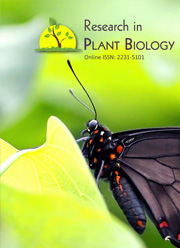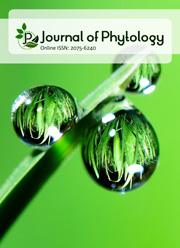SOME ANATOMICAL FEATURES OF BASELLA: THEIR ADAPTIVE SIGNIFICANCE TO WATER STRESS.
Keywords:
Abnormal stomata, Basella, vascular bundles, vessel diameter, vessel lengthAbstract
Basella is a vegetable consumed in South Western Nigeria. Three species and a variety namely B. alba, B. cordifolia, B. rubra and B. alba var. round are cultivated. This study examined the anatomical features of this genus that possess adaptive significance. Free hand peeling was done to get the abaxial and adaxial epidermis. Sections of the stem were done using Reichert Sliding Microtome at 15µm, Epidermal peels and sections were preserved in 50% ethanol. The peels and sections were stained in Safranin O, mounted with glycerol and viewed under microscope. Result shows that B. rubra has long bundles which is an adaptation to draw water compared to the other Basella species. Out of the four species Basella rubra Linn. has few abnormal cells which are an advantage for a survival in extreme conditions. Other anatomical features that confer on B. rubra the ability to survival in conditions of water stress include; multiseriate epidermis which prevents water loss, longer vessel length and wider vessel diameters which enable the plant to draw water from the soil and the effective distribution of water within the plant system, vessels are in multiples, closed areoles and absence of veinlet ending which ensures water conservation and differentiation of the leaf mesophyll.



 .
. 